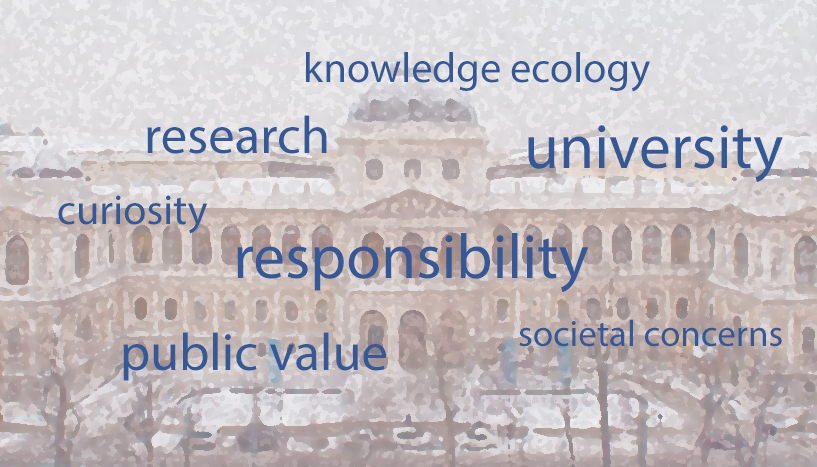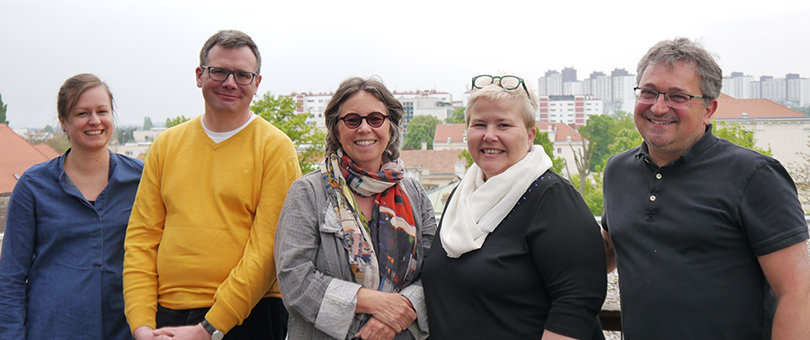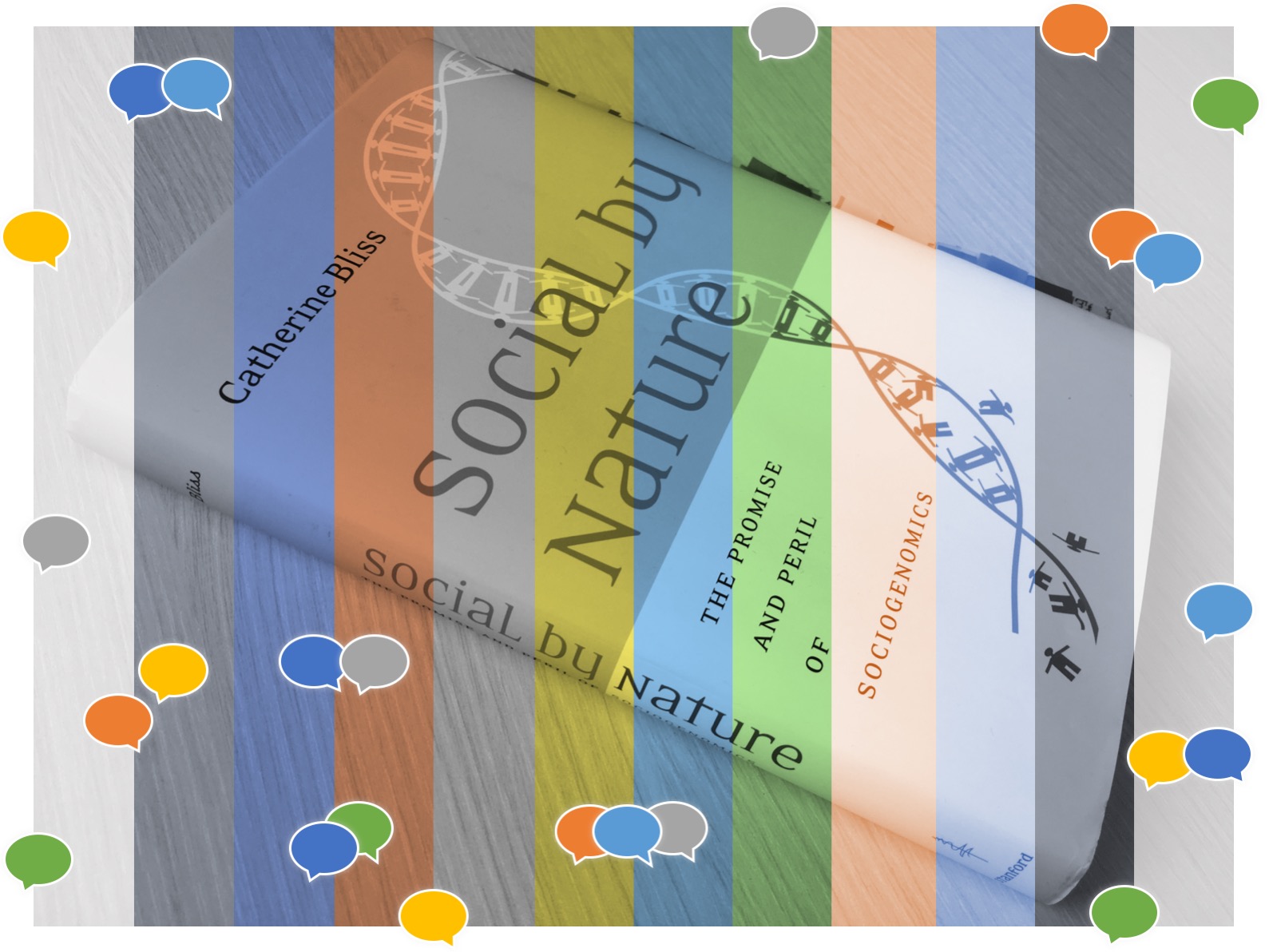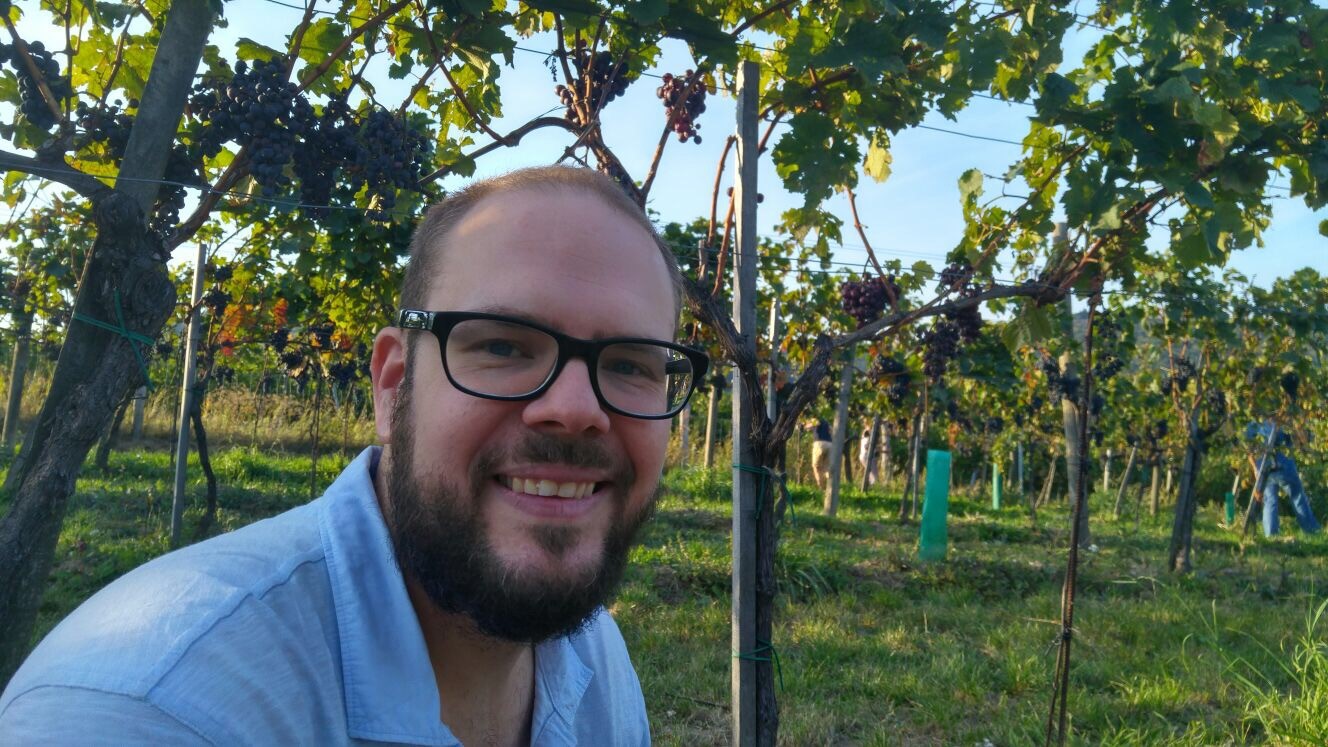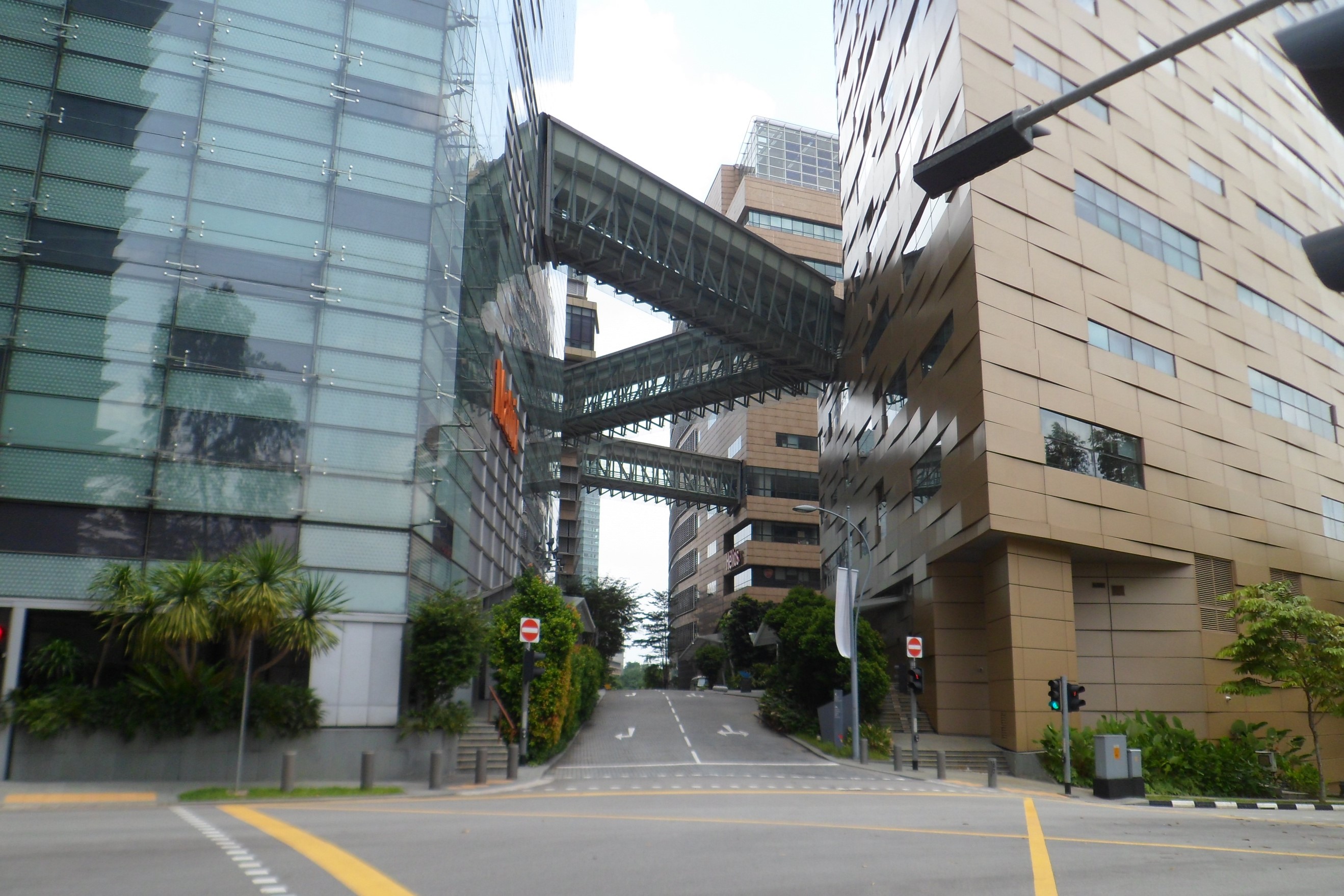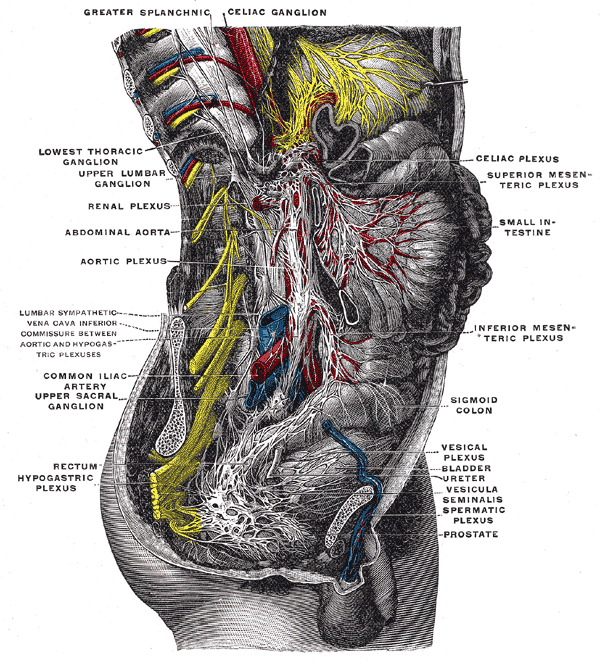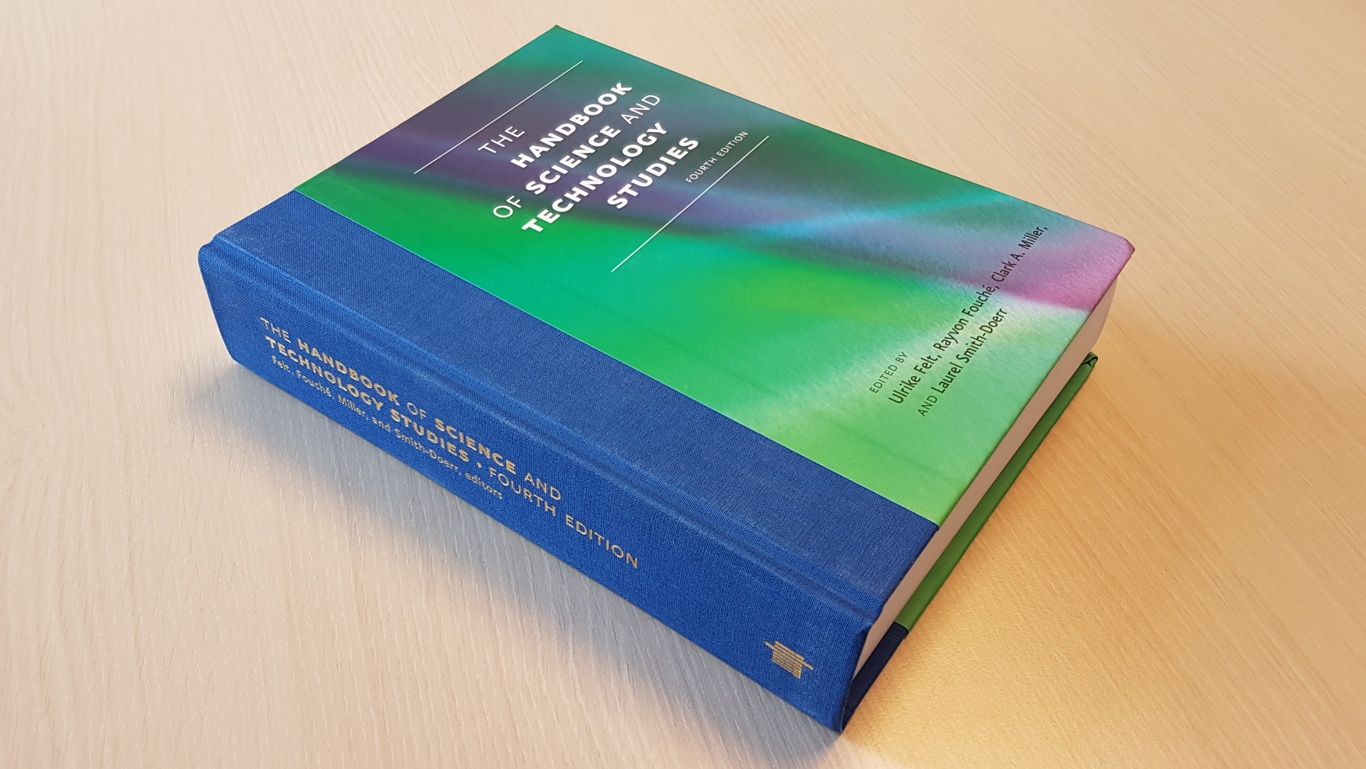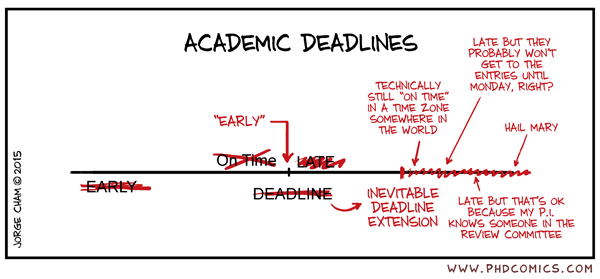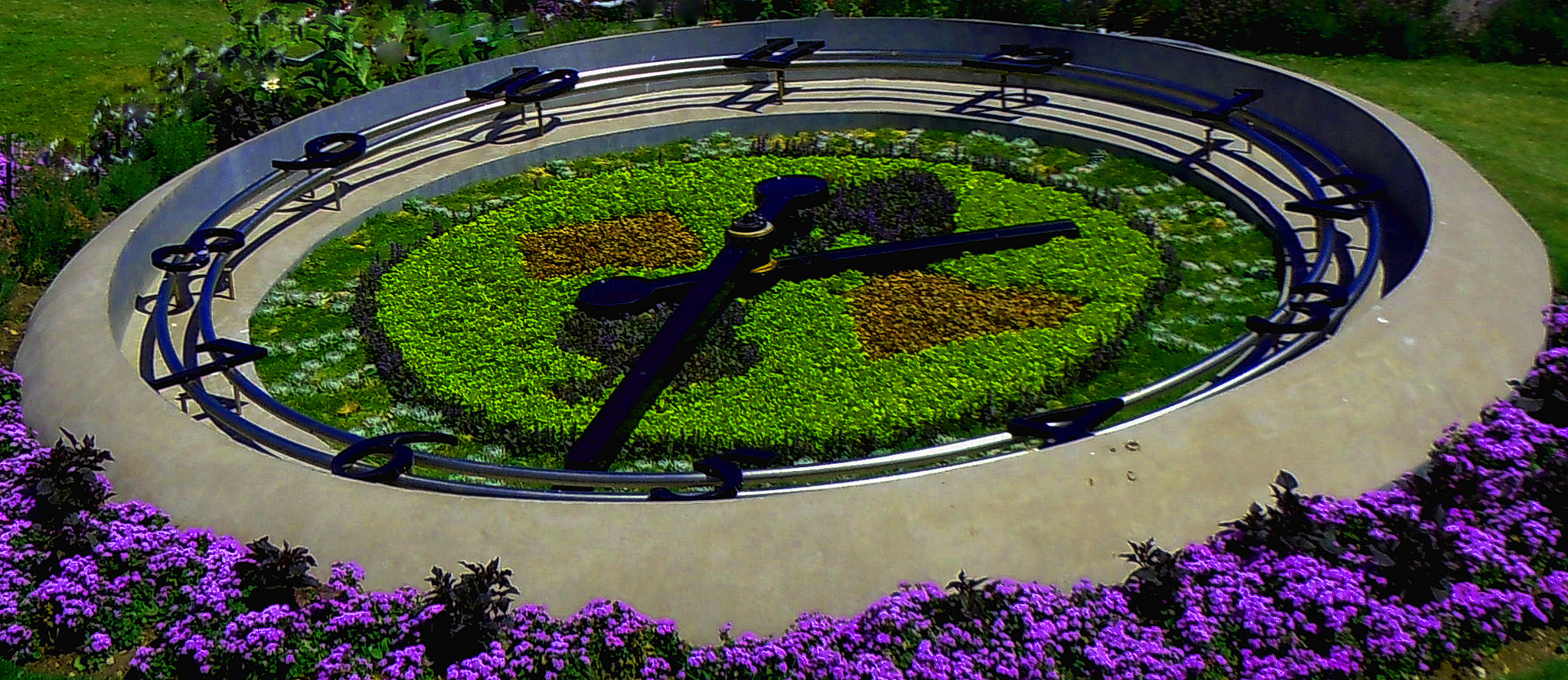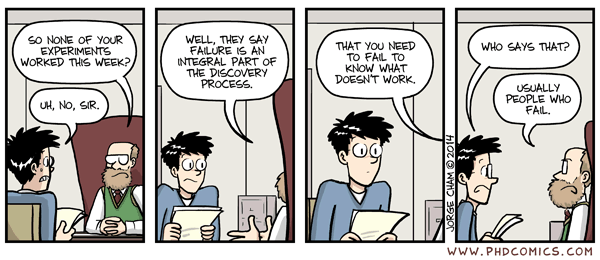by Ulrike Felt, Maximilian Fochler, Andreas Richter, Renée Schroeder, Lisa Sigl
This text is the result of an interdisciplinary collaboration of researchers in the life sciences and science and technology studies (STS) at the Research Platform Responsible Research and Innovation in Academic Practice at the University of Vienna. A shorter version of this blogpost was published as an opinion paper in Times Higher Education.
The understanding that science creates essential resources for our knowledge societies, both for economic growth and for responding to changing grand societal challenges is deeply rooted in diagnoses of our time. Ideas have gained traction that science should be done in ways that respond to societal needs and concerns. However, opinions are divided on how to achieve societal responsibility, particularly within a bottom up curiosity-driven research environment. Universities as institutions have remained strangely silent in this debate, which is so far led mostly by other actors in funding and research policy. This is surprising, since universities as institutions that combine research, education, and caring for “the long-term health” of our knowledge base have a unique position to take a lead in this debate.
Responsibility is a different concept than accountability
Over the past decades, most academic institutions have been re-organised to weave new forms of accountability towards society into academic lives. Scientists are now entangled in tightly knit systems that evaluate their performance and aim to demonstrate their worth to receive public funding. These organizational changes have been framed, mostly by policy makers and research managers, as urgently needed transparency and control. However, the emerging audit culture and the prominent role of metrics increasingly meet concerns. They have been criticised as narrowing down visions of the social value of scientific work, as spurring hypercompetition, as leading to a research governance by data instead of by smart ideas, and they have even been associated with increased mental health problems of academics.
This makes it relevant to note that accountability is different from responsibility. Accountability often limits universities’ contribution to society to a few productivity indicators, and potentially overlooks important core responsibilities of universities towards society. But what are these core responsibilities? And how could societal responsibility be woven into the fabric of universities in sustainable and meaningful ways?
It is time to re-articulate the public value of universities!
In this essay, we present a view from within the university, and a call to re-articulate the public value of universities, along with what we would define as its three core responsibilities: first, they are responsible for research, i.e. for producing new knowledge. Second, they are responsible for educating new generations, not only of academic scientists, but also of highly qualified staff in private and public institutions. And third, this combination of research and teaching implicates a responsibility to care for the body of knowledge that societies can tap into for solving societal problems both today and in the future.
To meet these quite demanding responsibilities, universities have grown and cultivated know-how and skills that warrant broad public support. This unique position however is also a mandate to cultivate a debate about responsibilities of universities towards society, and about how societal concerns and values are represented across different facets of academic life.
We should not mistake societal responsibility with applicability or marketability
In our perception, this debate is currently pursued in ways that are too narrow. Mostly, the public value of universities is located “downstream,” e.g. in potential future applications of the knowledge in the form of marketable products, in the presence of university’s expertise in public debate, in a start-up that a graduate may launch, or in fostering economic growth through highly-skilled human resources. Many so-called “third mission” initiatives are examples for this delegation of responsibility to a later uptake and commercialization of knowledge. This is unfortunate, since it implicitly equates responsibility with a narrow notion of innovation that focuses on marketability.
Universities need a broader notion of responsibility that focuses on diverse forms of societal relevance instead of marketability. Indeed, the study of innovation trajectories has shown that knowledge often benefits society in indirect, complex and unforeseeable ways. Remembering this is particularly important at a time characterized by increasing short-term orientation.
One advantage of such a broad approach to societal responsibility is that it makes visible that even basic researchers are often already motivated or guided by societal concerns — yet not in terms of direct and short-term applications. They may feel that their research is relevant to society, such as for example by contributing to a knowledge base for a certain policy area or for a present or potential future matter of societal concern, such as coping with Climate Change. This explains why calls for protecting scientific freedom against societal interventions often argue that science is most valuable and relevant to society when it is curiosity-driven.
Cultivating a knowledge ecology for creating better futures
Responsibility therefore needs to be understood as cultivating and caring for a knowledge ecology. Using the notion of knowledge ecology instead of knowledge system points to the importance of allowing a breadth and diversity of forms of knowledge, with different temporalities (immediate responses and long-term knowledge concerns) and diverse relations to society, its needs and concerns. This notion should also make us aware of the importance to think in terms of sustainability of knowledge. Knowledge ecologies should thus harbour capacities to address today’s challenges as well as to be prepared for new kinds of problems in the future that we cannot anticipate today.
Being academic scientists ourselves, we often sense that scientific communities have not yet developed a language for fully grasping and communicating the entanglements of their research fields with society. In everyday academic lives, it often even seems difficult to engage in debates about societal relevance. Too many other layers of concern, such as acquiring funding, competing in evaluations and securing continuous employment seem more pressing. All this has to happen in a work environment in which researchers are subjected to multiple and partly contradictory temporal logics, often leaving individual researchers with a lack of time. As an unintended consequence, even though many researchers may be sensitive to societal concerns, universities often do not provide conditions to allow those concerns to enter the processes of planning and carrying out research, as well as the education of new generations of scientists.
Universities have a mandate here to incentivise reflection on societal relevance in scientific communities, to reflect on how institutional framework conditions shape scientific practices and to create opportunities and offer time and space to consider societal issues in scientific practices. In the long run, this should allow universities to participate in the creation and care for a knowledge ecology that allows also in the long-run to address societal issues and challenges. This perspective on universities as core to societies’ capacity to care for a balanced knowledge ecology, is also an opportunity for universities to renew their self-understanding and to gain value and gravity in knowledge societies. Also in the short term, universities, the knowledge they create and their standing in public debates will profit from allowing their researchers to reflect on, articulate and communicate the societal relevance of their research.
But how can universities contribute to creating conditions that allow to consider societal concerns in academic practices? Let’s consider three first steps.
Universities form next generations and their attitude towards societal relevance
First, as higher education institutions, universities should develop ideas on how to build the reflection of societal issues into curricula and bring them to the class room. It is also in teaching environments that universities cultivate an ideal about what kinds of knowledge are worth being taught under current conditions. Currently, how students learn to ask questions is often narrowed down to highly-specialised skills and knowledge, while the ability to reflect on the broader societal meaning often falls short. A study of junior life scientists even suggests that they tend to unlearn to consider societal concerns until they reach more independent positions as group leaders.
Reflecting societal concerns, and one’s own expertise within society, thus is a core competence that needs to be fostered. As academic scientists are key multipliers, universities have a responsibility to build such reflections into curricula and classes. While a variety of inspiring tools and practices are readily available to do so, universities should be aware that there is no one-size-fits-all approach and dimensions of societal relevance are as diverse and situated as scientific fields. The ways in which reflections are built into study programmes (e.g. Master- or PhD-Programmes) should ideally build on a bottom-up debate in scientific communities. Rather than being an extra task that students and lecturers need to fulfil, societal responsibility should become part of the idea of good scientific practice that is transmitted at universities. This should not be felt as limiting an open, curiosity driven approach to knowledge generation, but broaden the basis of what drives this curiosity.
This reflective capacity is particularly important in times in which research and its contexts are rapidly changing. For example, the rise of ‘big data’ poses fundamental challenges to how scientific fields produce knowledge and how they relate to society. Reforming teaching programmes is thus one key to weaving societal responsibility into the spaces in which new knowledge is envisioned and produced. This should become an essential component of academic socialization.
Pick candidates that also care for societal issues
As hiring institutions, universities are key gatekeepers. Appointment procedures of professors thus are crucial moments that have long-term impact on how far societal responsibility will grow into future scientific work. As a second step, to weave societal concerns into academic practice, universities should thus move beyond the accountability rationale in evaluating future professors. In practice, this could mean that reflective capacity should become an important part of the overall qualitative assessment of candidates, taking into account how far respective scientists have learned to reflect on their scientific research field in societal context, and how far scientists are able to pass this on to the next generation of scientists. Further, reflecting societal relevance has an impact on how researchers take decisions in research. This could not only contribute to broadening the notion of excellence, but also bring back into focus the role of academic researchers as educators and multipliers who form the next generation of scientists and high-qualified professionals.
Move towards a plural culture of scientific quality
Third, universities should incentivise reflections on societal responsibility across the spheres of research and teaching. Ideally, this would lead to more open negotiations about guiding values within scientific communities, and about more appropriate ways of evaluating and valuing scientific work in societal contexts. However, reflecting on scientific relevance is most meaningful when closely tied to the respective scientific field, and awareness needs to be present that in different fields, potentially very different societal concerns and values matter.
One of the most challenging tasks for universities is to consider this diversity and to accommodate the plurality of knowledges and values that adds up to the public value of the academic world. Cultivating this plurality means to allow, but also to value and nurture a diversity of scientific quality criteria across fields, and to experiment with forms of evaluation that go beyond narrow concepts of accountability. Most importantly, it should be avoided to subject the value of societal responsibility to an additional standardized metrics, as this might invite a tick-box mentality to address responsibility and hinder researchers to weave societal responsibility into the fabric of their work in more conscious and meaningful ways.
We need cultural and institutional changes that allow to more intuitively relate questions of societal responsibility to dimensions of excellence, in the sense of synergy, not trade-off. While many funding institutions currently seem to handle excellence and responsibility as separate, if not mutually exclusive, universities should challenge this dichotomy and suggest instead that excellence and responsibility are best seen as symbiotic capacities for universities to make a meaningful contribution to societal development.
Where to go from here?
We have just offered a few examples for how universities can reorganise academic life with governance mechanisms that allow scientists to reflect and consider societal issues more explicitly. From their unique position within knowledge societies, universities may want to take a lead in organising exchange with other stakeholders to create societal capacities to sustain a broad enough knowledge ecology to respond to societal challenges, both today and in the future.
In doing so, it is essential to consider that societal issues do not only matter once the knowledge leaves the university, but they should traverse lab spaces, desktops and the minds of researchers. While by no means narrowing down their academic freedom and curiosity, societal engagement fosters the capacity to reflect on the entanglements between science and society and allows scientists to become academic citizens in a fuller sense.
Authors (alphabetical order):
All authors of this paper are members of the Research Platform Responsible Research and Innovation (RRI) in Academic Practice at the University of Vienna.
Ulrike Felt is Professor of Science and Technology Studies and Head of the Research Platform. She is, amongst others, president of the European Association for the Study of Science and Technology, board member of the Journal Responsible Innovation and has published on temporalities of academic life and the challenge of making RRI work in academic environments.
Maximilian Fochler is Assistant Professor and Head of the Department of Science and Technology Studies. He is author of several papers on changing research cultures in the life sciences in academia and biotech companies, with a particular focus on different forms of valuation and evaluation.
Andreas Richter is Professor of Ecosystem Science and Head of the Division of Terrestrial Ecosystem Research. His research interests range from carbon use efficiency of microbial communities to the effect of climate change on soil processes and carbon storage.
Renée Schroeder is Professor of Biochemistry at the University of Vienna. For her research in the field of RNA biology she was awarded amongst others the Special Honor Award “For Women in Science” and the distinguished “Wittgenstein Award”.
Lisa Sigl is postdoctoral researcher at the Research Platform Responsible Research and Innovation in Academic Practice at the University of Vienna. She has published on the changing governance of life science research, with a focus on labour conditions and infrastructures for commercialization.
